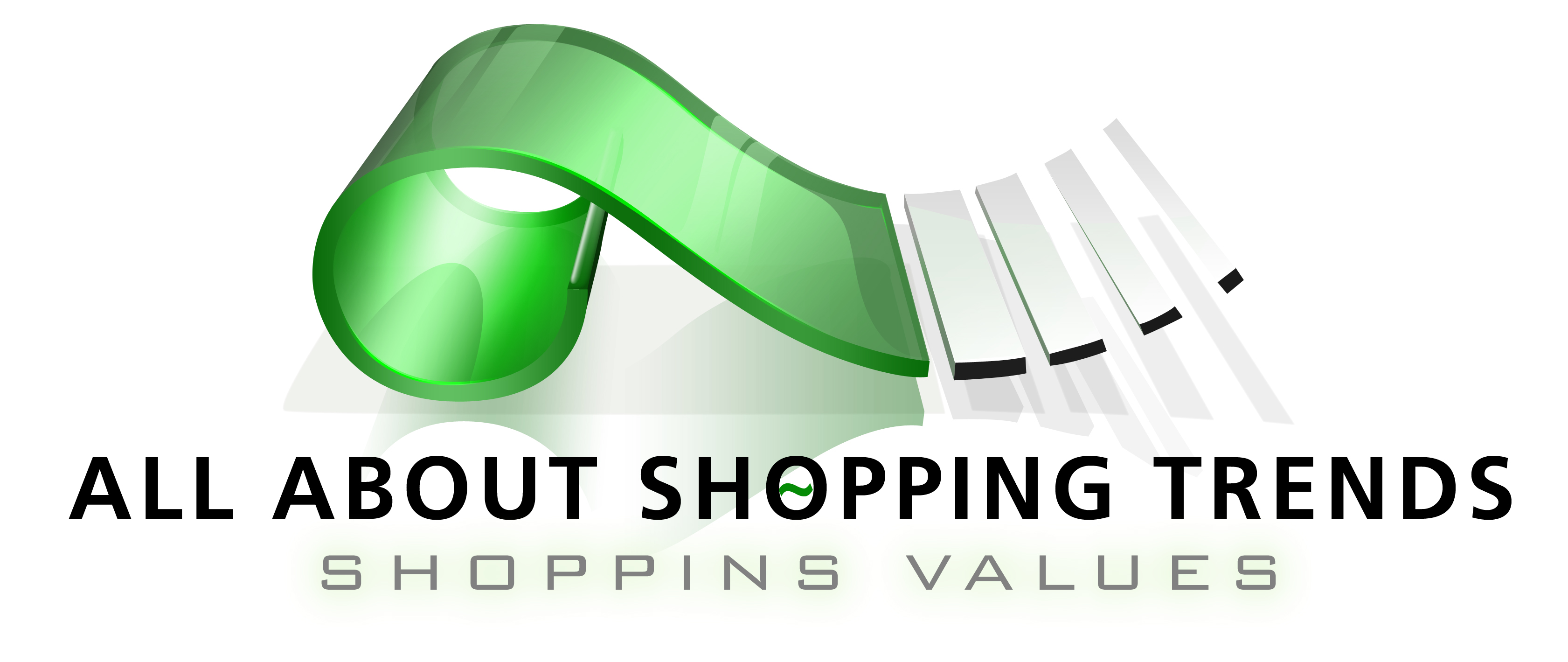In an age where digital screens dominate our daily lives, E-ink Tab have emerged as a compelling alternative to traditional LCD and OLED devices. Combining the simplicity of paper with the convenience of modern technology, E-Ink tablets are transforming how we read, write, and organize our digital workflows—quietly, efficiently, and eye-comfortably.
What is an E-Ink Tablet?
An E-Ink tablet uses electronic ink technology, which mimics the appearance of ink on paper. Unlike standard backlit screens, E-Ink displays reflect ambient light, reducing eye strain and enabling readability even under direct sunlight. Initially popularized by e-readers like the Kindle, E-Ink has now evolved into powerful note-taking and productivity tools used by students, professionals, and creatives alike.
Key Benefits
1. Paper-like Writing Experience
E-Ink tablets like the reMarkable 2 or BOOX Note Air are designed to replicate the tactile feel of writing on real paper. Combined with pressure-sensitive styluses, they offer a natural writing flow that appeals to artists, writers, and note-takers.
2. Eye Comfort and Battery Efficiency
These devices consume minimal power and are gentle on the eyes. Some E-Ink tablets can last for weeks on a single charge—far outperforming the battery life of traditional tablets or laptops.
3. Minimalist Focus
Unlike multi-purpose tablets, most E-Ink devices are designed for reading and writing only. This minimalist functionality eliminates distractions, making them ideal for focused work and deep reading.
4. Environmentally Friendly
E-Ink tablets help reduce paper waste. Users can store thousands of notes and books digitally, contributing to a more sustainable workflow.
Use Cases
- Academic and Professional Notes: Students and researchers use E-Ink tablets to annotate PDFs, take handwritten lecture notes, and organize research materials.
- Reading and Reviewing: Editors, lawyers, and academics use them to read and mark up long documents without the eye fatigue that comes with bright screens.
- Creative Expression: Artists and authors enjoy the freeform nature of drawing and sketching directly onto the screen with little latency.
Limitations
While they excel in many areas, E-Ink tablets aren’t perfect for everyone. They often lack the full multimedia support of iPads or Android tablets, such as video playback, fast-refresh browsing, or app ecosystems. For users needing a versatile all-in-one device, an E-Ink tablet may feel too limited.
Future of E-Ink Technology
The future looks promising. Advances like color E-Ink, improved refresh rates, and hybrid models that combine E-Ink with LCD screens are already in development. These improvements could soon make E-Ink tablets even more versatile while maintaining their core strengths.
Conclusion
E-Ink tablets may not replace your smartphone or laptop, but they offer a unique space for clarity, focus, and productivity in a world full of digital noise. Whether you’re a student, writer, or professional constantly juggling notes and documents, investing in an E-Ink tablet could be a game-changer for how you think, work, and create.
